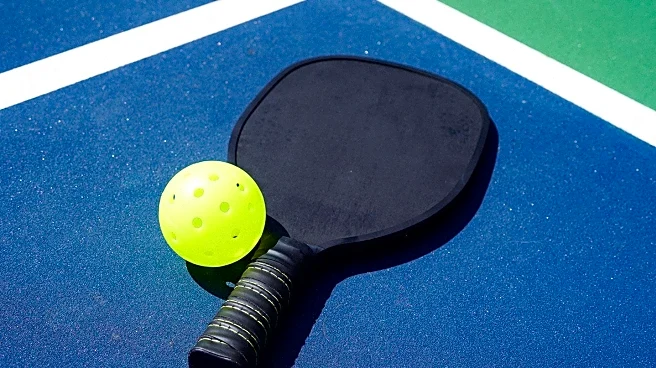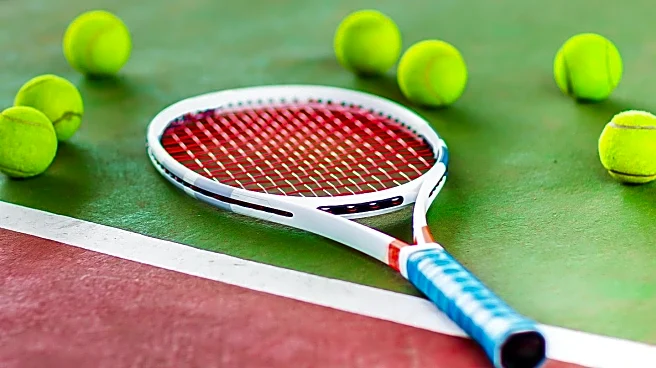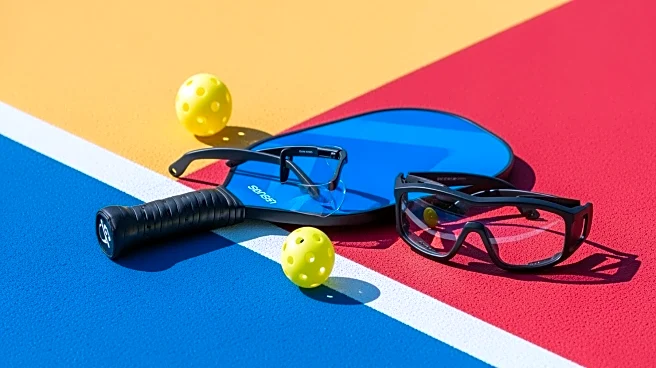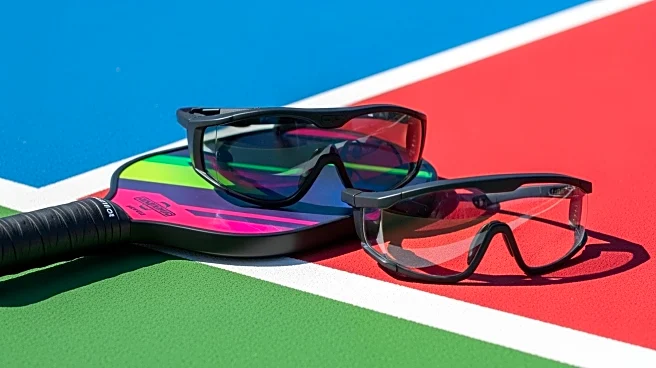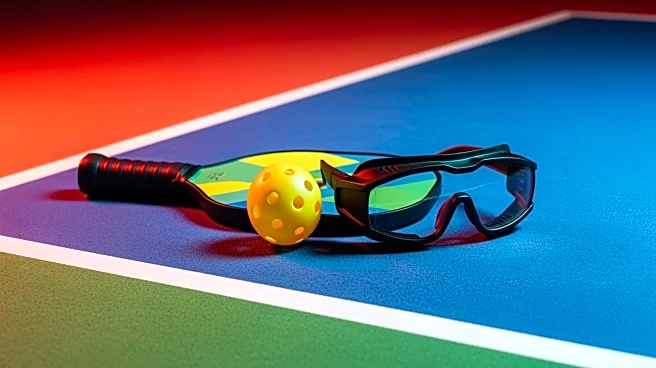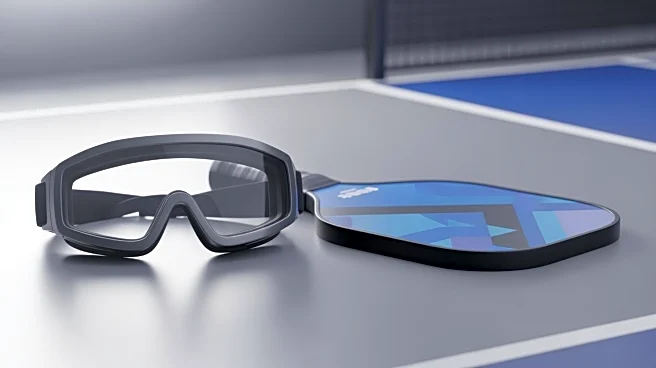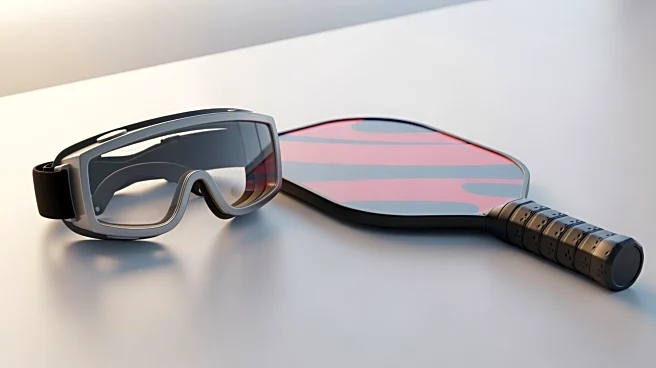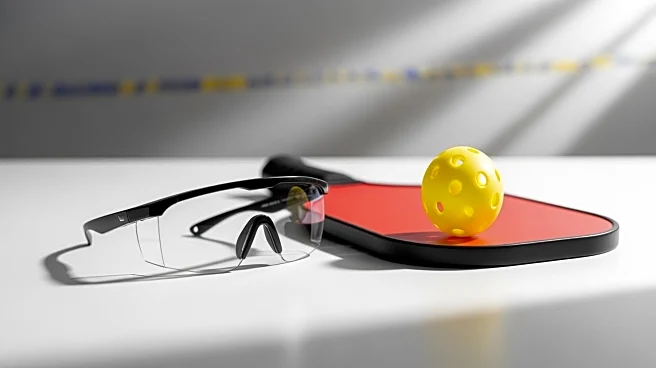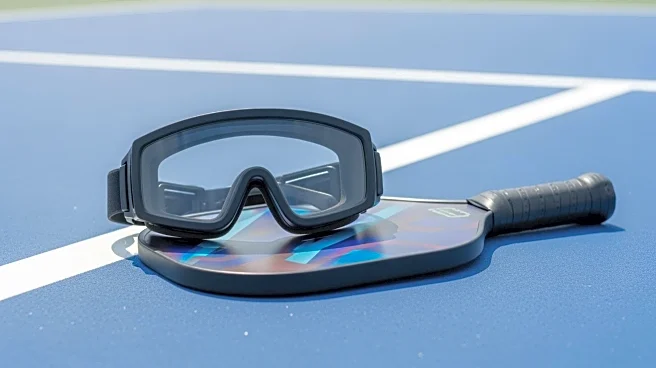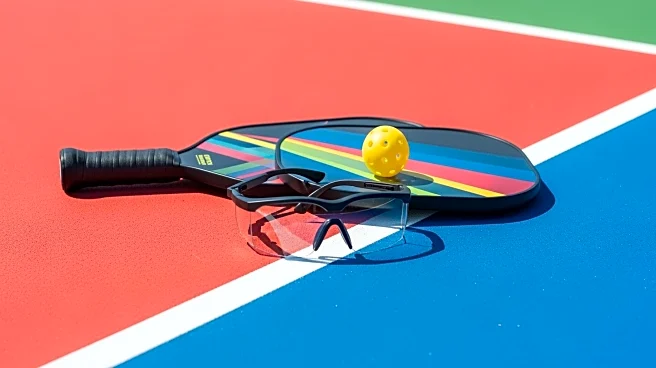What's Happening?
A recent study published in JAMA Ophthalmology has identified a significant increase in pickleball-related eye injuries, with 1,262 cases reported in 2024 alone. This marks an increase of approximately
405 injuries per year since 2021. The injuries, which include retinal detachments, orbital fractures, and globe trauma, predominantly affect players over the age of 50. Despite the growing popularity of pickleball, there are currently no standardized guidelines for eye protection in either casual or professional play. Experts are advocating for the establishment of such guidelines to prevent further injuries.
Why It's Important?
The surge in pickleball-related eye injuries underscores the need for increased safety measures in the sport, particularly as it gains popularity among older adults. The absence of standardized protective guidelines poses a risk to players, potentially leading to severe eye injuries that could impact their quality of life. Implementing safety standards could reduce healthcare costs associated with treating these injuries and promote safer participation in the sport. This development is crucial for public health, as it highlights the importance of adapting safety protocols to emerging sports trends.
What's Next?
The call for standardized eye protection guidelines in pickleball may prompt discussions among sports organizations and health experts to develop and implement safety measures. Stakeholders, including sports equipment manufacturers, may begin to explore the production of protective gear tailored to pickleball players. Additionally, public health campaigns could be initiated to raise awareness about the risks and encourage players to adopt voluntary protective measures until official guidelines are established.
Beyond the Headlines
The rise in pickleball injuries may also influence broader discussions on sports safety, particularly for older adults. It could lead to increased scrutiny of other emerging sports and recreational activities, prompting a reevaluation of safety standards across the board. This situation highlights the need for proactive measures in sports safety to accommodate demographic shifts and the growing interest in diverse physical activities.
